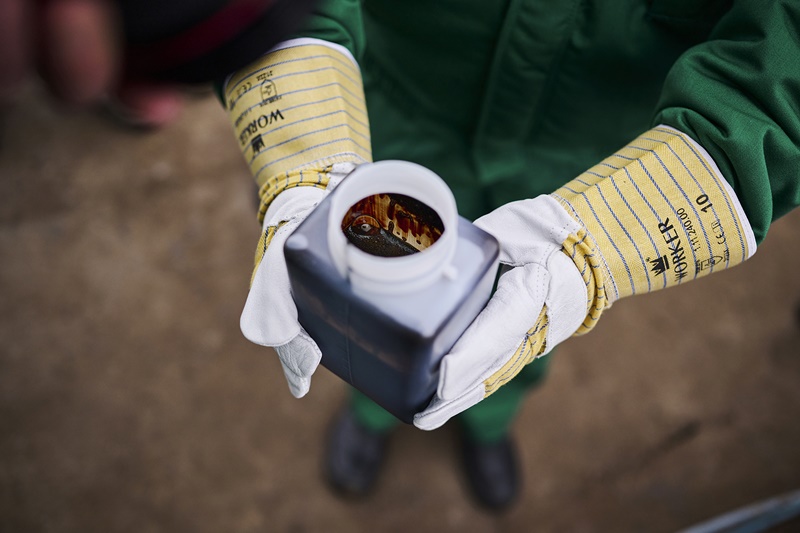
The new well was put into production on November 11 and will start with a production of 600 barrels per day.Continue reading

The Corvinus project, designed to kick-start shale gas extraction in Hungary, aims to ensure that the natural gas field in Békés county, at a depth of 3,700-4,500 metres, can be exploited as soon as possible, reported the economy portal Világgazdaság.
Former Minister of Innovation and Technology László Palkovics said encouragingly in early October that a priority was to review the Energy Strategy, including a significant reduction in the share of natural gas in the energy mix. The current national gas demand of 11.1 billion cubic meters per year would be reduced to 9.2 billion in the medium term, by 2030, and to 3.9 billion in the long term, by 2050. 40 percent of this would be imports. But the Hungarian government declared an energy emergency in the summer of 2022, and its action plan to address it includes an increase in domestic gas production from 1.5 billion cubic meters per year to at least 2 billion.
The ex-minister said in a statement in October that this could be done by 2023 without opening new fields. The project has been declared a priority investment by the government and is therefore exempted from the normal rules on historical monuments, environmental protection and local building regulations.
As part of the project, shale gas extraction in the Great Plain could start as early as January 2023.
Shale gas is largely methane, which is nearly 80 times more greenhouse gas than carbon dioxide over a 20-year period, and therefore, when released into the atmosphere, will accelerate global warming.
The Association of Hungarian Nature Protectors (MTVSZ) has warned though that shale gas is produced by a process known as hydraulic fracturing, whereby shale gas is drilled vertically and horizontally several kilometers into the rock and then fractured at high pressure with a mixture of water, granular material such as sand, and chemical additives such as highly carcinogenic benzene and formaldehyde, forcing the gas into the extraction well. One fracking operation requires roughly 15 million liters of water, and a shale gas well can be fracked up to ten times.
Via Világgazdaság. Featured Photo: Pixabay